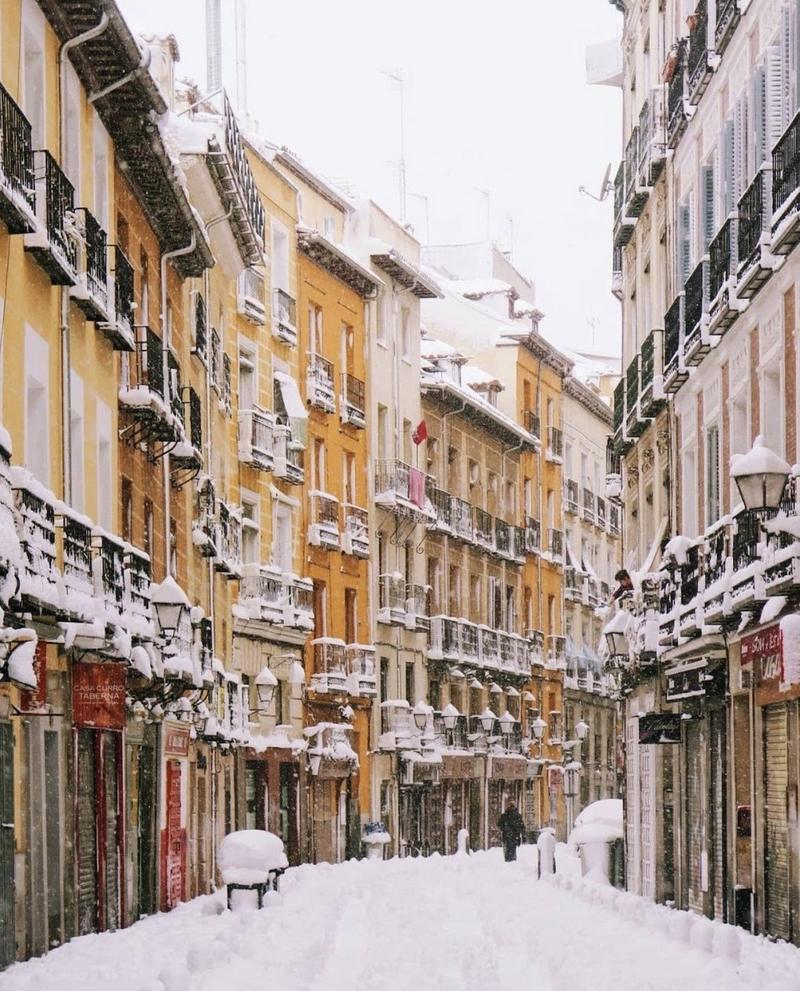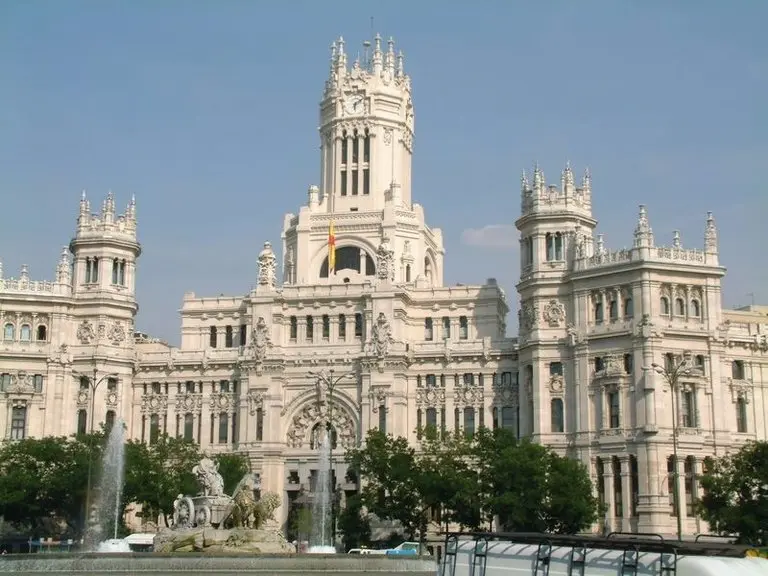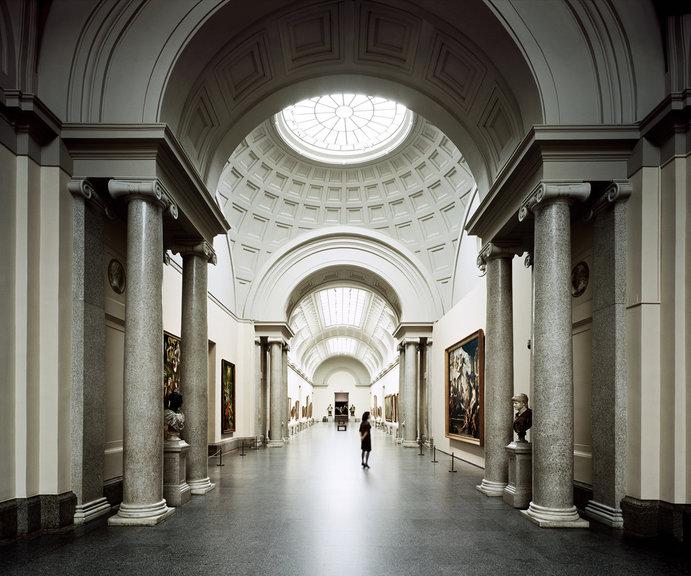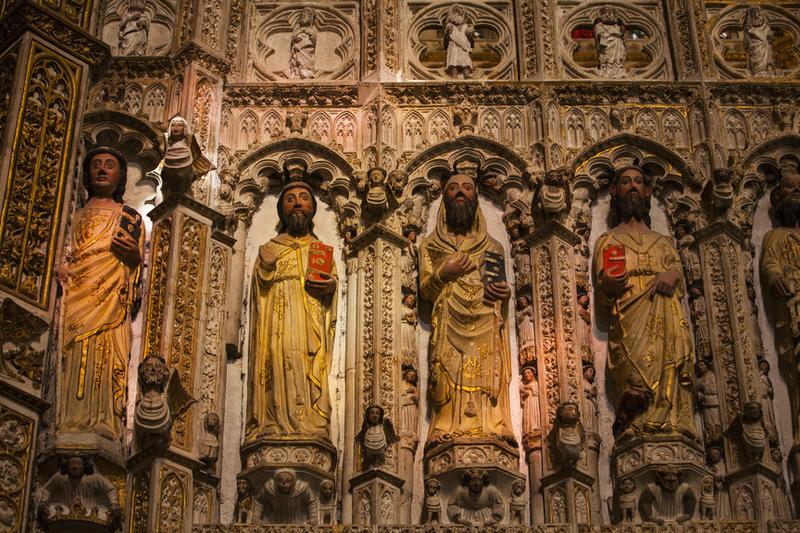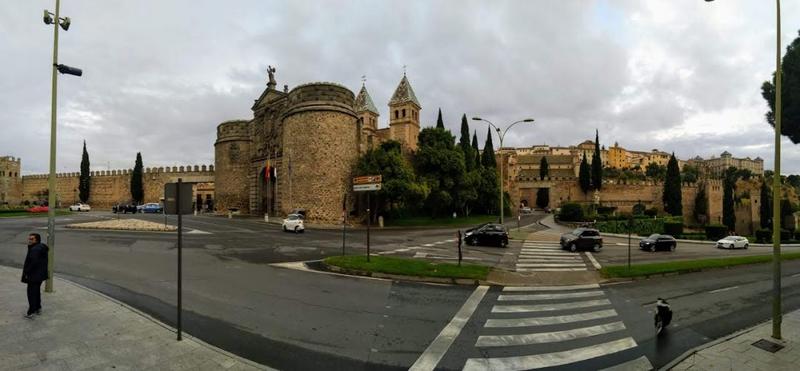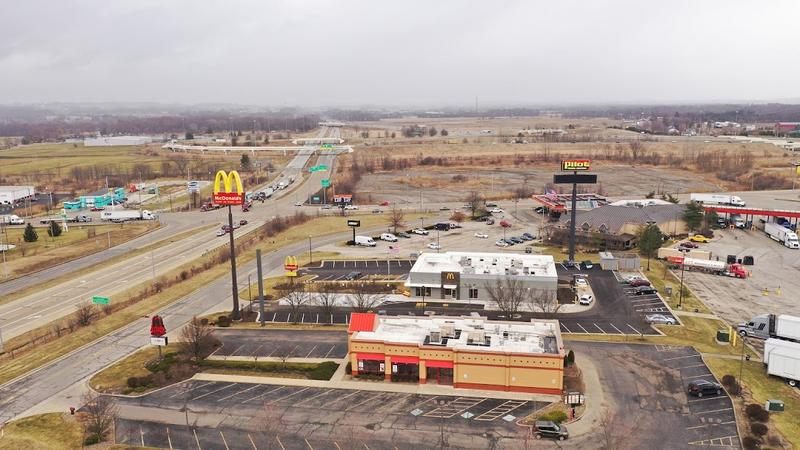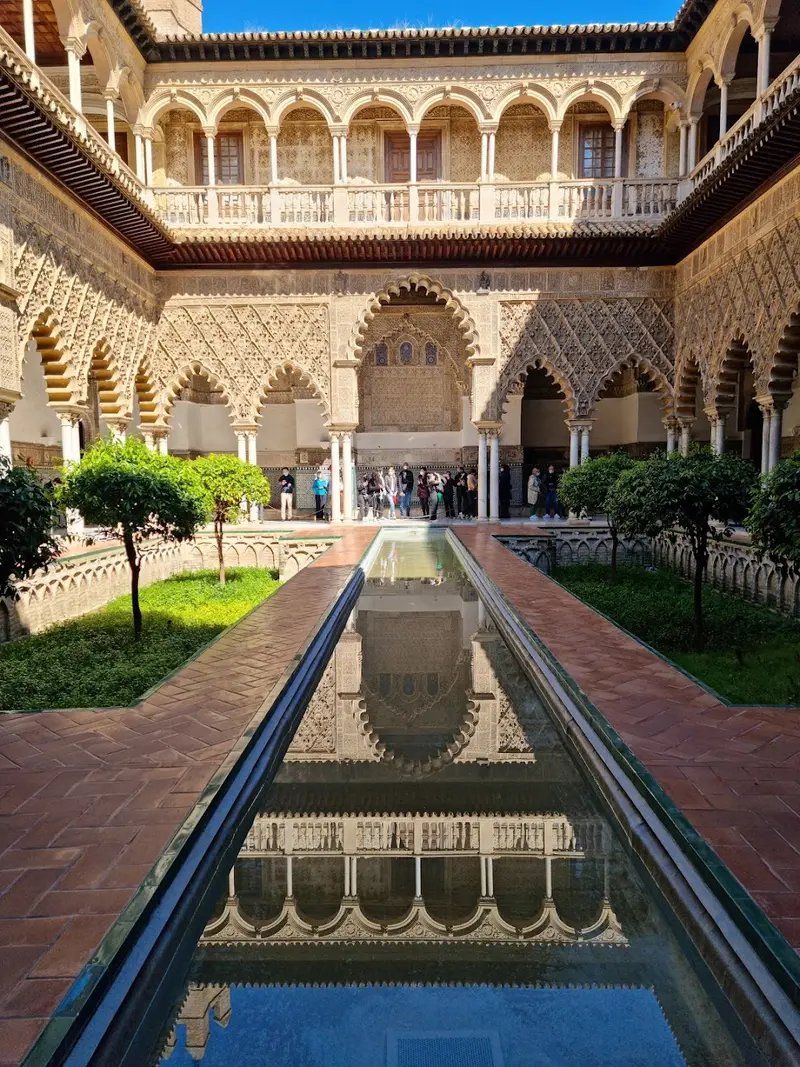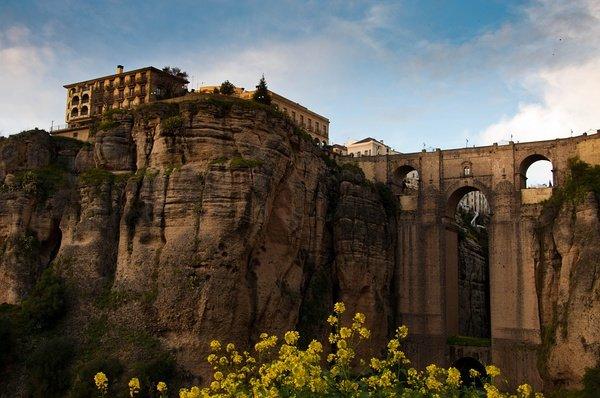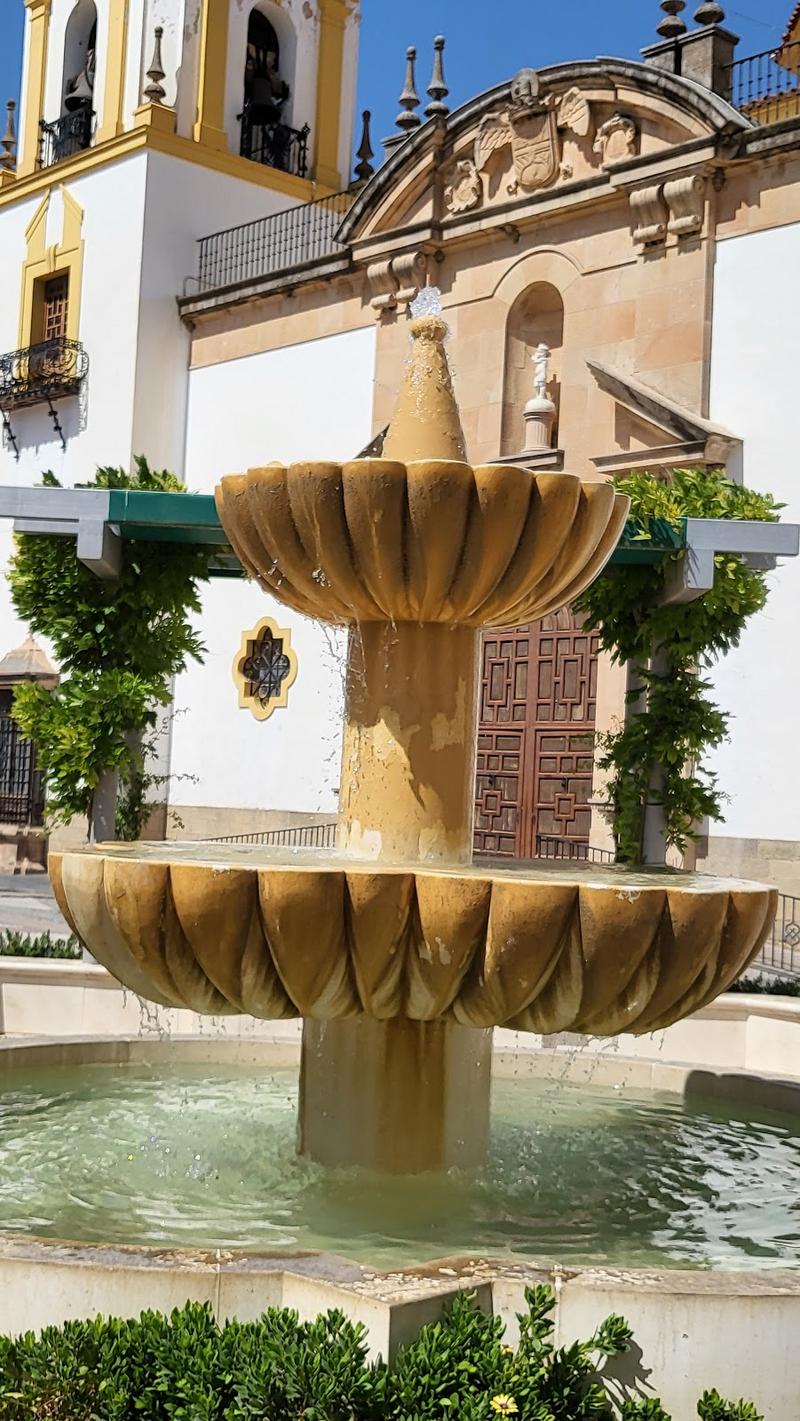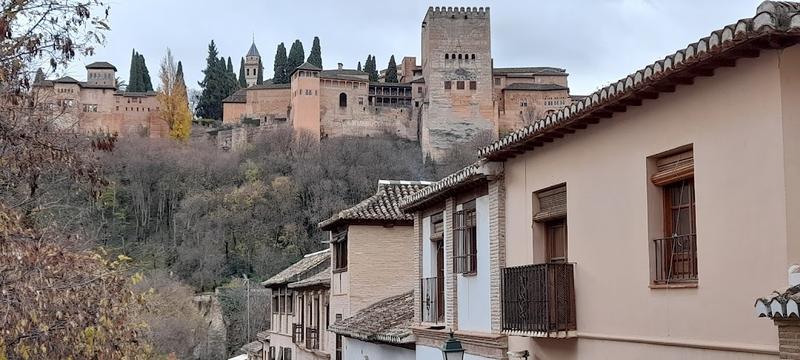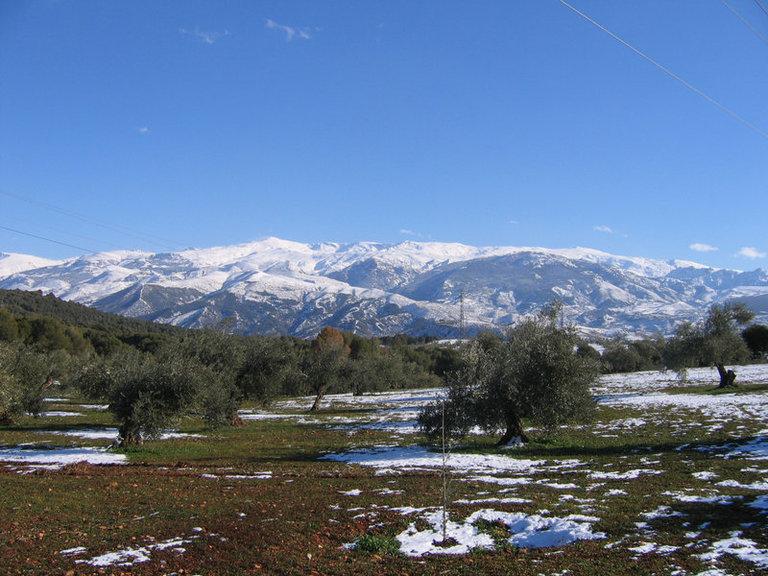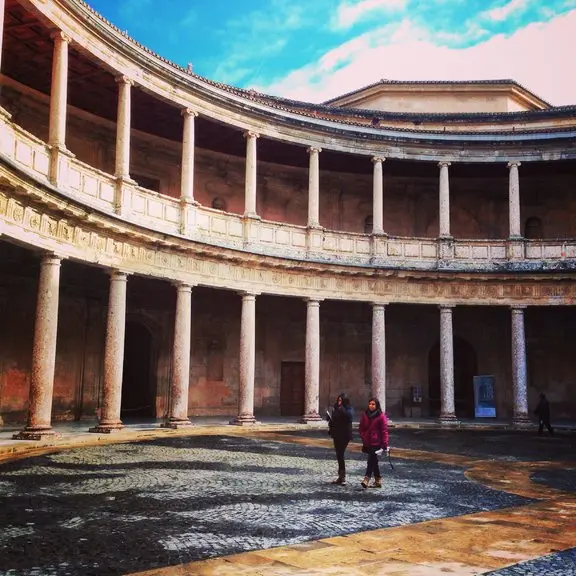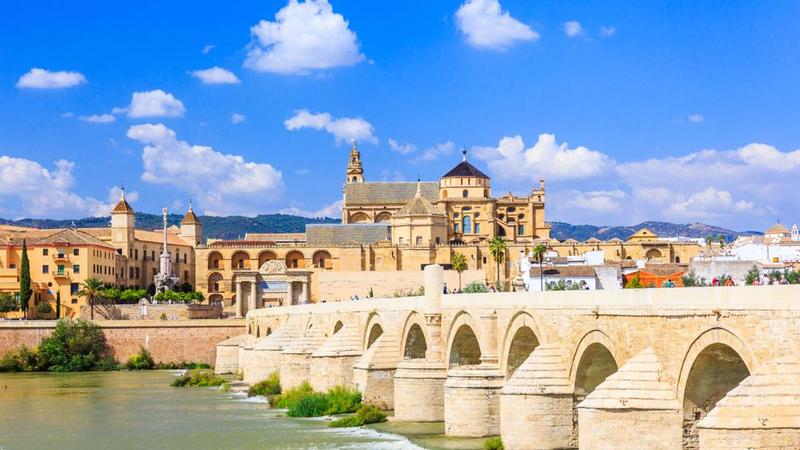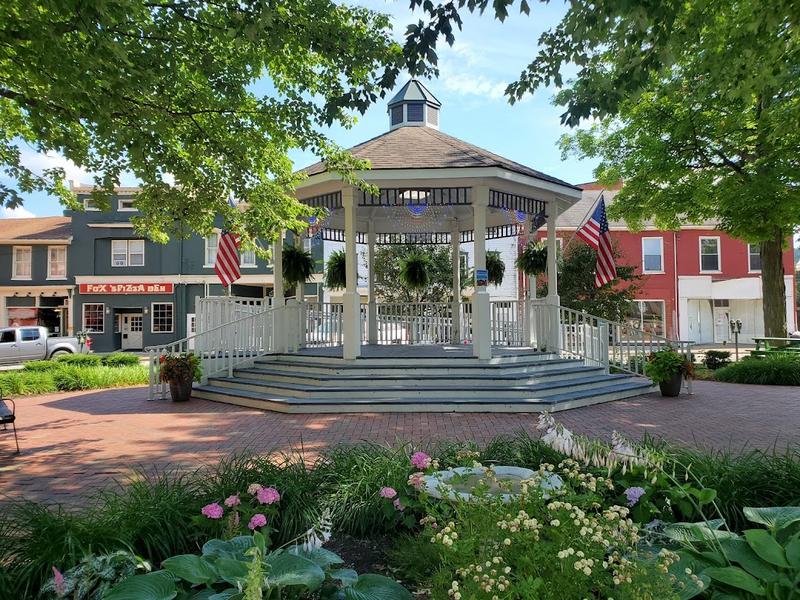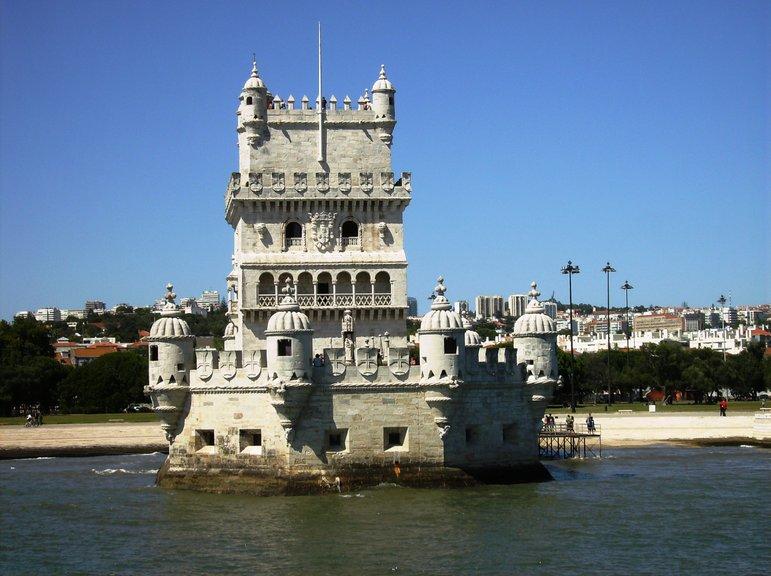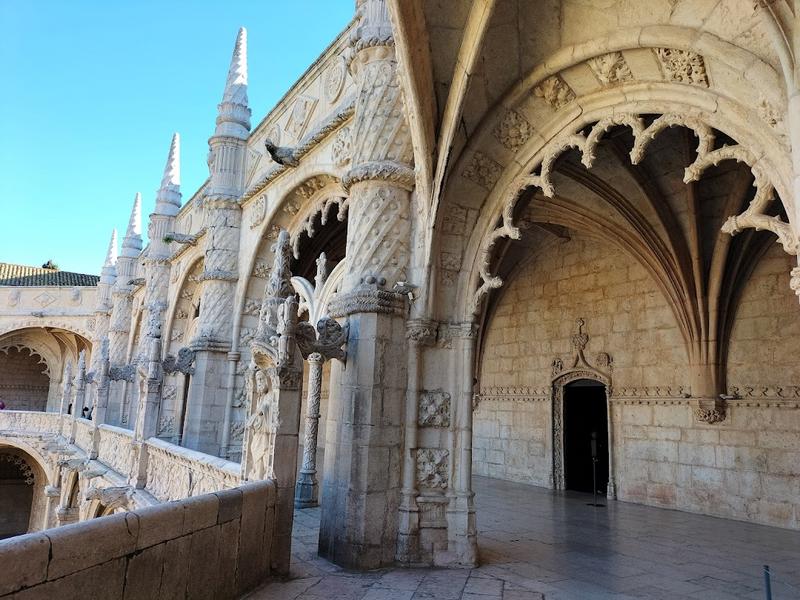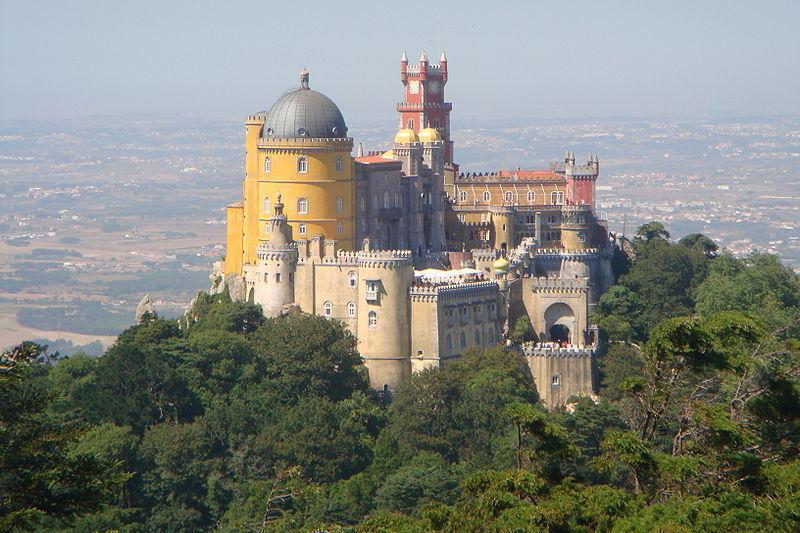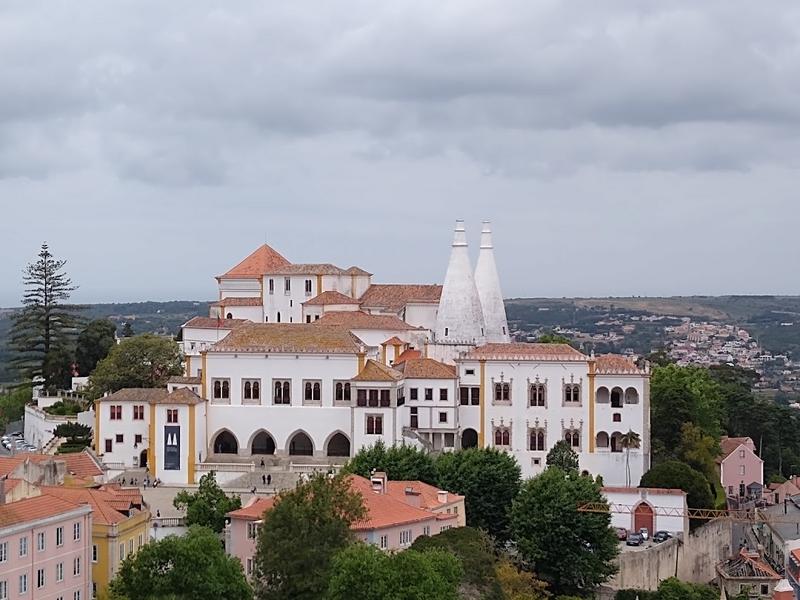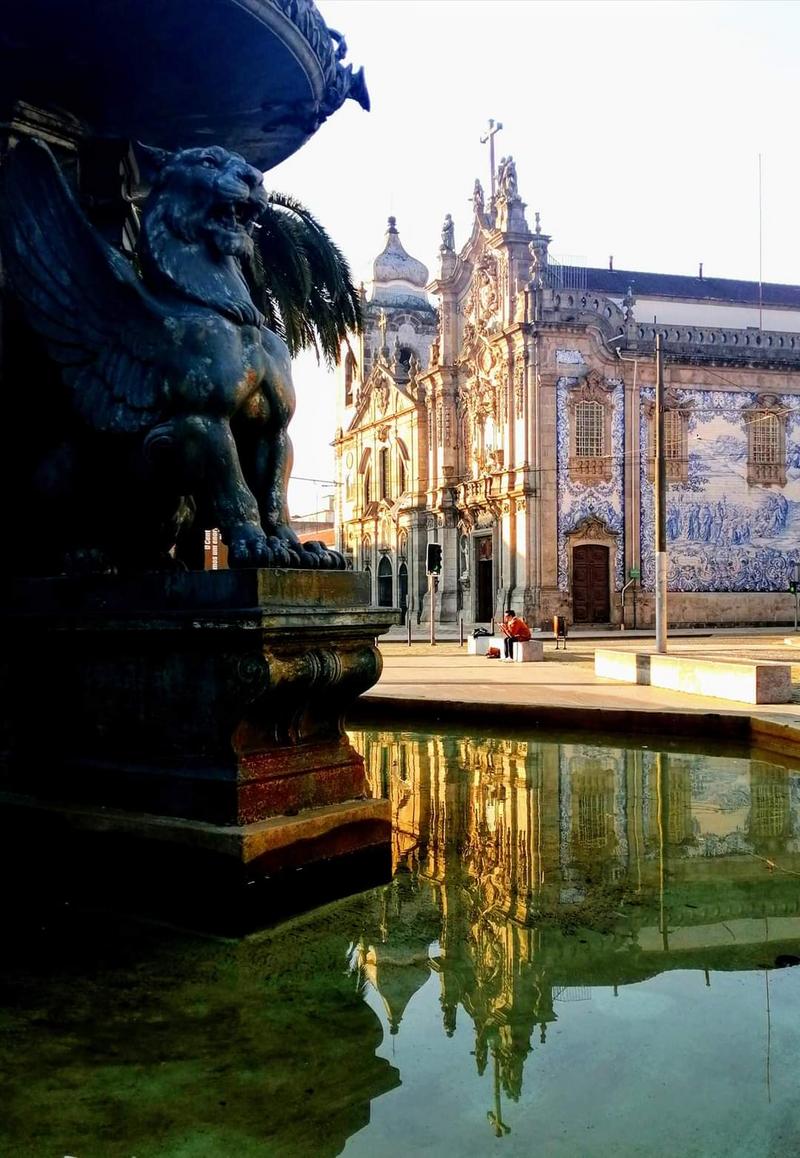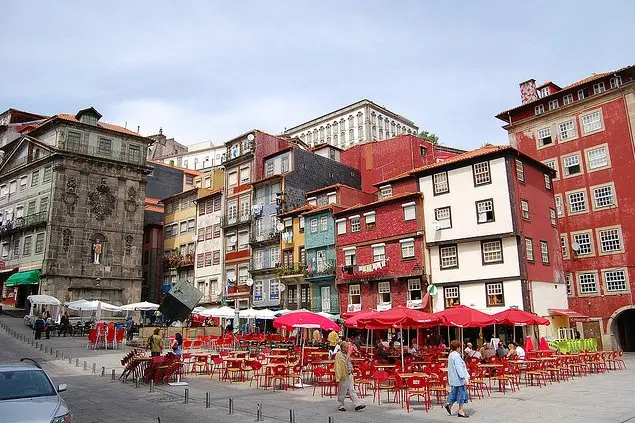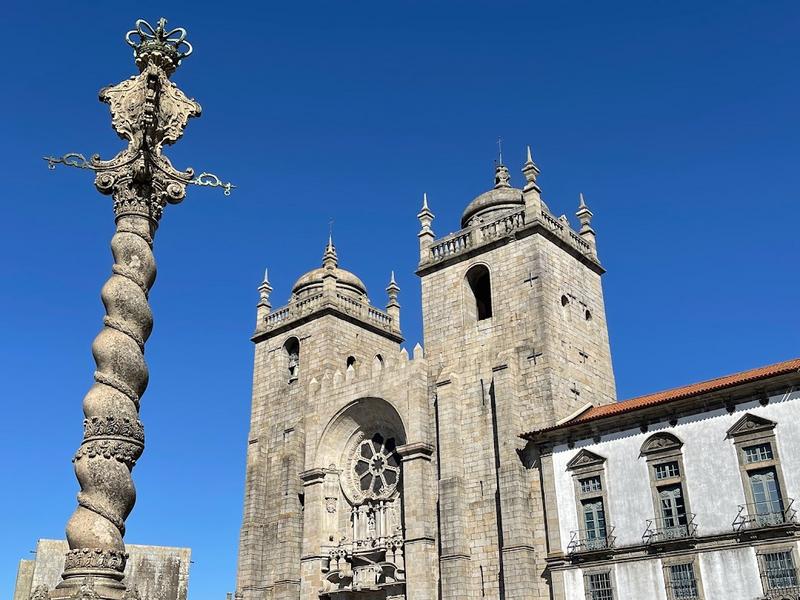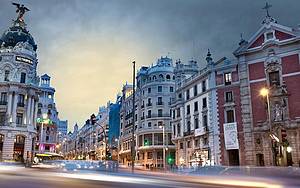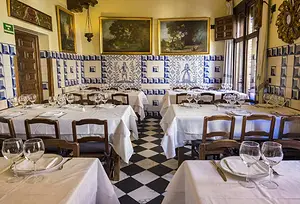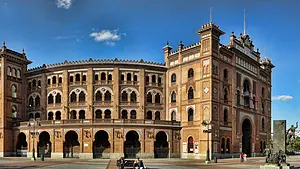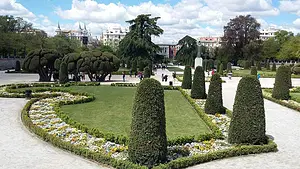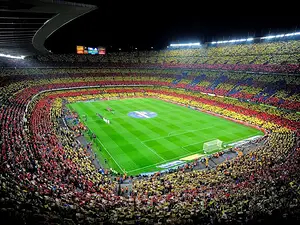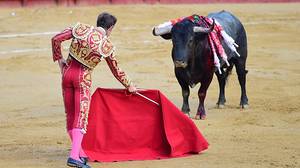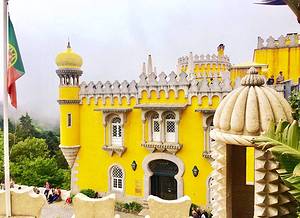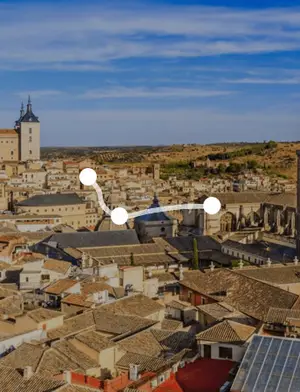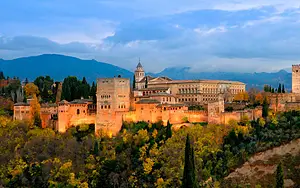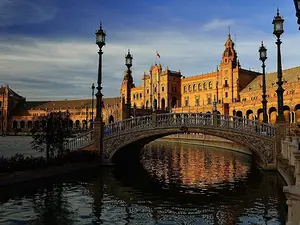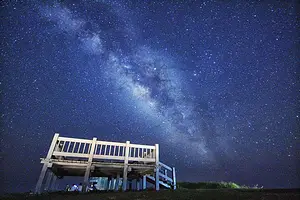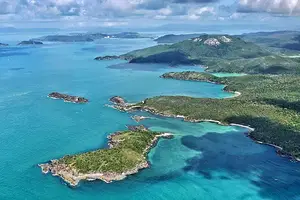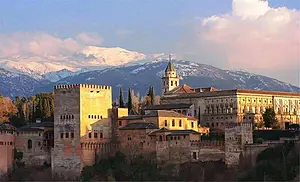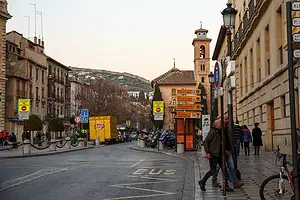Spain &Portugal15-Day Self-Driving Exploration Itinerary
11 cities |
22 attraction(s) |
total distance 25864
km
 TIPS
TIPS
Day1
Day2
Day3
Day4
Day5
Day6
Day7
Day8
Day9
Day10
Day11
Day12
Day13
Day14
Day15
Day1: Madrid
1 attraction(s) ·
0 km
1
Day2: Madrid
2 attraction(s) ·
2 km
1
During the Moorish rule, Madrid was not the capital of Spain. To defend the city, Mohammed I built a tower at the current location of the palace. Over time, the tower was renovated and eventually declared a castle by the Castilian king in the 14th century. In 1734, the castle was destroyed by a fire, and Felipe V ordered for it to be rebuilt in 1738. After 17 years, it was finally completed. The palace's architecture was inspired by the design of the Louvre in Paris, featuring a square courtyard and galleries. Carlos III, known as the "Greatest Mayor of Madrid," was the first king to use the castle as a royal residence.
The Madrid Palace is the largest palace in Western Europe, containing 3,418 rooms, each with its own unique features. It houses an extensive collection of exquisite paintings, antiques, weapons, ceramics, clocks, and silverware. The collection includes five violins made by one of the greatest stringed instrument makers in history, Antonio Stradivari, which are displayed in the music room of the Royal Library. In addition, the palace houses works by famous Spanish artists, such as Velázquez and Goya, as well as important paintings from the Italian Baroque painter, Caravaggio.
Although the Madrid Palace is still the royal residence, the king only occasionally uses it for official business. If both flags on the roof of the palace are raised, it means that the king is present.
2
km
2
The Prado Museum is one of the world's most famous museums and one of Madrid's most popular attractions. It collects the best works of Spanish art from the 16th to the 19th century, including works by famous artists such as Velazquez, Goya, and Greco, as well as works by many foreign Renaissance painters such as Tintoretto of the Italian Venetian school, Rubens of the German Baroque school, and Hieronymus Bosch of the Dutch surrealism painters.
The museum's collection contains over 27,509 works, including 7,825 oil paintings, which is a lot for visitors to take in. Unlike large museums like the Louvre in Paris and the National Gallery in London, which collect works from different eras and different stylistic schools, the works in the Prado Museum were donated by the royal family, so the styles are relatively similar.
The Prado Museum was first built by King Carlos III in 1786 and opened to the public in 1819. Many famous painters such as Monet, Renoir, Lautrec, Picasso, Matisse, and Dali have visited the museum and been influenced by the styles of their paintings.
Day3: Toledo
1 attraction(s) ·
0 km
1
Toledo Cathedral is one of the largest Catholic cathedrals in the world, and a remarkable example of Gothic art and historical testimony. The ancient city still retains a medieval atmosphere. Toledo Cathedral is the largest church in the Catholic Church in Spain, and the second largest cathedral in Spain, starting construction in 1247 and not completing until 1493. At that time, the French Gothic architectural style was rarely used in Spanish churches, and Toledo Cathedral is a typical representative of this style. Its design inspiration comes from the Bourges Cathedral in France, although the original design intention was to cover the original mosque and sahn monastery. The cathedral also incorporates some unique features of Mudejar style, especially in the three-arched cloister multiple leafy arcades of the monastery. The perfect combination of light and dome in the cathedral is also impressive. The cathedral's building materials are made of white stone, taken from Olihuelas near Toledo.
Day4: Toledo > Seville
2 attraction(s) ·
6370 km
Day5: Seville
1 attraction(s) ·
0 km
1
Landmark Moorish royal palace with fountain-filled gardens, ornate arches & 16th-century tiles.
Day6: Ronda
1 attraction(s) ·
0 km
1
The New Bridge, built in 1793, spans the Tahoe Canyon at a height of 98 meters, equivalent to a 30-story building, inspiring awe in those who see it. Legend has it that the architect Aldewira fell from the bridge while carving the date on the side, creating an incredible story. In Hemingway's novel "For Whom the Bell Tolls," the residents of Ronda killed and threw "fascists" off the cliff. Only by seeing the intricate interplay of white houses in the deep valley can one truly appreciate the shock and emotion it brings. Additionally, there is a small museum at the bottom of the New Bridge that provides a history of the bridge, which visitors may want to see while touring.
Day7: Ronda > Granada
3 attraction(s) ·
192 km
3
The Sierra Nevada mountain range is located on the southern coast of Granada city, adjacent to the Mediterranean Sea. The national park was established in 1966 and covers over 80,000 hectares, including 44 towns in the provinces of Granada and Almería. It is home to Mulhacén peak, the highest peak on the Iberian Peninsula, at an altitude of 3,481 meters. With year-round snow, it is the southernmost snow-capped mountain in Europe, offering visitors the thrill of soaring in the wind. Just an hour's drive from the Mediterranean Sea, tourists can spend a whole day here and then drive to enjoy the Mediterranean sunshine. Visitors can hike, horseback ride, mountain bike, or drive a 4x4 vehicle to explore the Sierra Nevada National Park.
Day8: Granada
1 attraction(s) ·
0 km
1
The name of the Alhambra Palace comes from the Arabic word for "red fortress" and is located on the Nevada mountain. It is a typical example of Arab-style palace courtyard architecture. This palace was included in the UNESCO World Cultural Heritage List as early as 1984. The main visiting areas of the Alhambra Palace include the Alcazaba, the Palacios Nazaríes, the Generalife, the Baño de la Mezquita, and the Jardines, showcasing the magnificent scenery of the perfect combination of Islamic gardens and architecture.
Day9: Cordoba
1 attraction(s) ·
0 km
1
The Mosque-Cathedral of Cordoba is a World Heritage Site that shines with historical glory, with its earliest construction dating back to the 8th century. For Muslim believers in Spain, Cordoba is an important pilgrimage site that is only second to Mecca and Jerusalem. After the Muslims occupied Cordoba, they transformed the Gothic church into a mosque. However, after the Christians reclaimed Cordoba, the mosque was converted back into a church. This blend of Moorish and Spanish architecture quietly tells the story of a tumultuous history.
Day10: Cordoba > Lisbon
2 attraction(s) ·
6346 km
Day11: Lisbon
2 attraction(s) ·
2 km
1
The Belém Tower is a historic five-story defense structure built between 1514 and 1520, located in the Belém district of Lisbon, Portugal. Initially used to defend the port and monastery, it later served as a customs, telegraph tower, and lighthouse and was also the starting point for many Portuguese expeditions. The tower houses eerie dungeons and 16th-century cannons and has even been used to detain important political prisoners. The tower is divided into two parts: the tower and the bulwark, which has many gun positions and storage rooms. There are 16 gun positions along the wall for defense. The tower also has four arched rooms, namely the officer's room, the king's room, the audience room, and a small chapel. The entrance is on the south-facing wall, and the facade features excellent stone carvings. The tower's overall design combines battle and life, which helps protect the cannons, drain accumulated water, and disperse gunpowder. The tower houses many historical relics, including 16th-century cannons and Manueline-style symbols. In 1983, the Belém Tower was formally recognized as a UNESCO World Heritage Site, and in 2007, it was rated as one of the Seven Wonders of Portugal.
2
km
2
Late Gothic Manueline-style monastery housing archaeology & maritime museums in its wings.
Day12: Sintra
1 attraction(s) ·
0 km
1
The Pena Palace is the king's palace, with a unique architectural style that blends various elements such as Gothic, Renaissance, Moorish, and Manueline, presenting a distinctive "wonderland castle" form. The palace is the result of the hard work of Ferdinand, the husband of Queen Maria II of Portugal, in the 19th century and is one of the Seven Wonders of Portugal. Located on the top of the hill in the São Pedro district of Sintra, it is a national heritage of Portugal and one of the world's heritages. It is often used for official government events. It is known that this place was only a small chapel in the medieval period, which was later transformed into a monastery by King Manuel I. However, it was destroyed in the 1755 Lisbon earthquake. Designed by German architect Baron von Eschwege, the royal summer palace took almost 13 years to build and was completed in 1885.
Day13: Lisbon > Porto
2 attraction(s) ·
271 km
1
11th century Moorish palace with notable tile collection plus ornate courtyards & rooms.
271
km
2
Day14: Porto
2 attraction(s) ·
1 km
1
Liberal Square is a square located in the historic center of Porto, Portugal, and is part of a World Heritage Site. It is located in the historic and cultural area of the riverside and belongs to the St. Nicholas district. Since the Middle Ages, the Liberal district has been the center of commercial and manufacturing activities, and there have been many shops around the square selling fish, bread, meat, and other goods. In 1491, a fire destroyed the buildings around the square, and the rebuilt houses had arcades on the ground floor and a paved stone floor on the square. In the mid-18th century, Porto needed to increase the flow of people and goods, so a new street, St. John Street, was opened to connect Liberal and the upper city, which promoted the development of the square itself. The project was implemented by British Consul John Whitehead from 1776 to 1782. The east, west, and north sides of the square are surrounded by arcaded buildings, and the south side facing the Douro River is surrounded by medieval walls. In 1821, the walls were demolished, and the square opened up to the river. There is a three-story tall fountain on the north side of the square, built in the 1880s, decorated with the Portuguese coat of arms and topped with a statue of St. John the Baptist. In addition, there is a modern sculpture by Jose Rodriguez on the square.
1
km
2
Hilltop Romanesque cathedral, with a fortress-like interior, a rose window & Gothic cloisters.
Day15: Porto
1 attraction(s) ·
0 km
1
